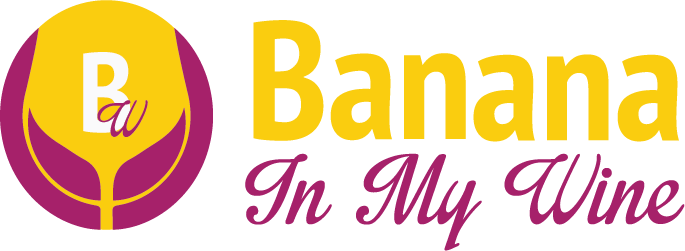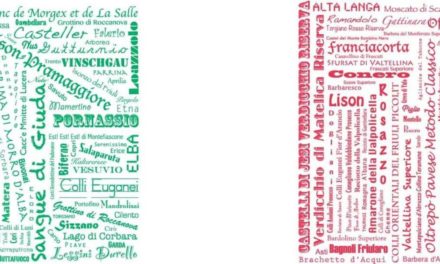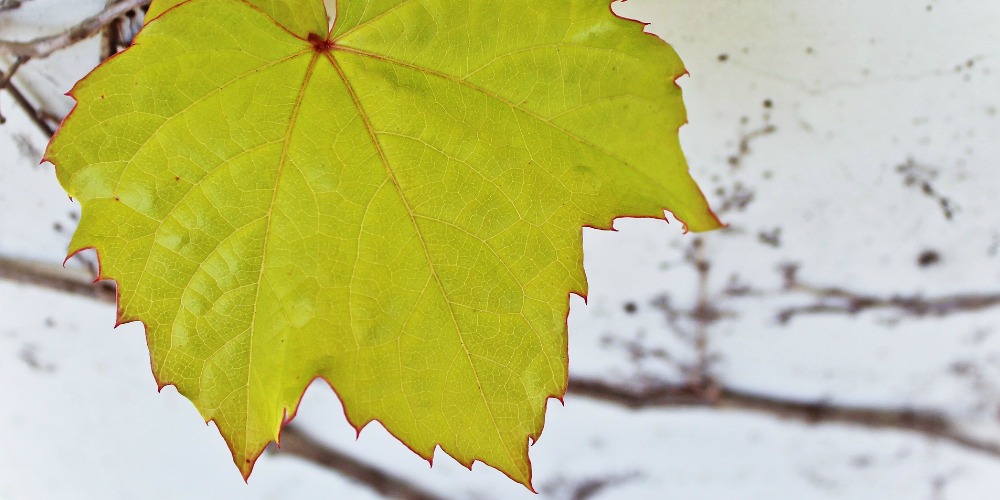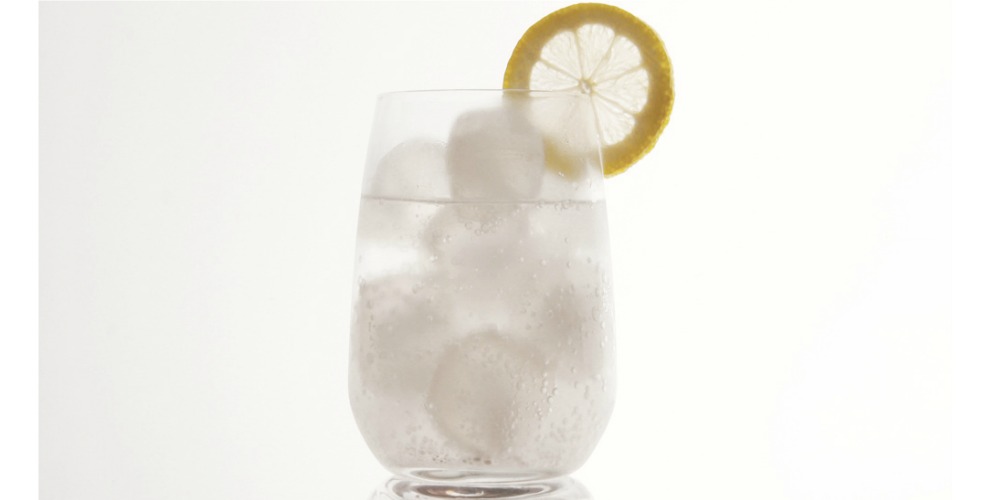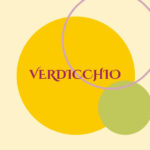So you know you can buy wine in a bottle…bulk wine…but that’s not all, folks! Think outside the bottle! The traditional wine bottle is still the most popular option and comes in a variety of sizes, but wine may be sold in different containers as well.
CANNED WINE
You can find wine in aluminium cans, for example, and it’s not a brand new trend. Canned wine has been around for approximately 20 years, but it hasn’t had as much success as canned beer. In 2021, the canned wine business was estimated at 241 million dollars in value, and by 2030, it could potentially exceed 725 million, with a year-on-year growth rate of 13%. Aluminium cans are easier to stack and stock, considered an environmentally friendly container (as it’s 100% recyclable) and able to protect wine against light, oxygen, humidity and odours.
Let’s take a look at Japan: In Japan, the sale of Italian wines saw a volume growth of 28.6% in 2022, reaching €200 million (source: Ismea). This success is primarily driven by a growing demand in the Japanese market for sustainable wines, whether they are organic or come with lightweight and easily recyclable packaging – such as cans. Japanese consumers appreciate wine in cans and in half-liter Tetra Pak packaging, a material they view very positively because it’s easily recyclable. In Japan, a strong sense of sustainability is crucial and choosing wine in traditional glass bottles is much more expensive, as waste disposal procedures in Japan are very strict, and citizens must pay a fee based on the weight of their waste bags.
In 2013, Spirit Airlines started selling canned wine, due to the fact that they are easier to pile up and store on aircrafts and lighter than mini bottles of wine. And airlines love it, because less weight = lighter aircrafts = less fuel. This beverage, the “Friends Fun Wine” (a Friends Beverage Group product) was available in different flavours, such as Rose Moscato, White Moscato, Strawberry Moscato, Peach Moscato, Original Red Sangria and Original White Sangria.
According to the American company, “Fun Wine is a low-alcohol (5.5%), carbonated flavored wine made with all natural flavors and sweetened with Monk Fruit.” Friends Fun Wine was packaged in 250-millilitre cans, cost seven dollars ($7) and was 6% alcohol by volume. FBG company was founded in 2012 and in their first year they already sold about 1 million dollars worth of canned wine.

By the way, the company is still alive but has evolved to “wine cocktails” and dropped the can. Apart from that, Christina Aguilera has recently joined the Fun Wine team as “Chief Culture Officer” and artist Miguel Paredes has made a collab to develop the new, colourful and vibrant labels.
The brand Winestar was born in 2013 and started canning French wine too – an array of products from Château de l’Ille, a prestigious domain in the Corbières appellation (Languedoc). It was packaged in 187-millilitre cans, was 6% alcohol by volume and used a special technology in order to keep its quality.
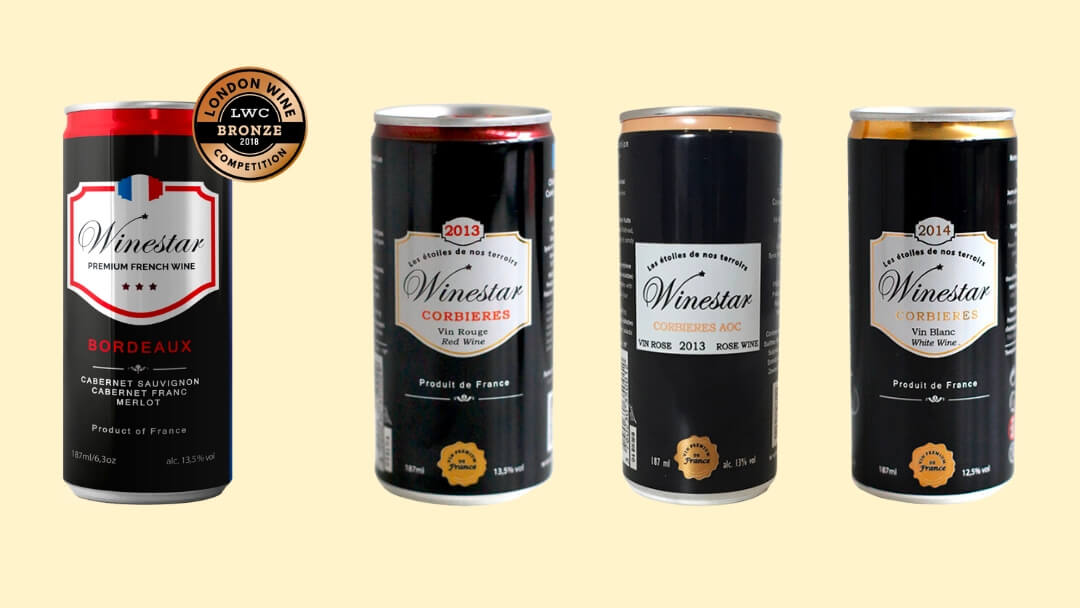
According to the producer:
WINESTAR® USES THE WORLDWIDE PATENTED VINSAFE® TECHNOLOGY, THE ONLY CAN PACKAGING APPROVED BY 2 MASTERS OF WINE. THIS TECHNOLOGY ENSURES THE PERFECT STABILITY OF THE WINE IN THE CAN THANKS TO A SPECIFIC COATING, THE RESULT OF YEARS IN R&D, WHICH ISOLATES THE WINE FROM THE METAL. THIS TECHNOLOGY IS IDENTIFIED BY A SEAL OF QUALITY ON EVERY CAN AND ENABLES THE CONSUMER TO IMMEDIATELY RECOGNIZE A WINESTAR® PRODUCT. FINALLY, THE ALUMINUM CAN IS ENVIRONMENT FRIENDLY AS IT IS 100% RECYCLABLE WITH LITTLE ENERGY. ITS LIGHTNESS AND SMALL SIZE ALLOW A SIGNIFICANT REDUCTION IN ITS CARBON FOOTPRINT. AND OUR WINES WILL NEVER HAVE A CORK TASTE!
Canned wine wasn’t a novelty, but it was the first time an AOC (Appellation d’Origine Contrôlée) wine ended up in a can. In 2006, the Rich Prosecco was released in its canned version – having Paris Hilton as ambassadress.

This Austrian brand has caused quite some friction in Italy, as according to Italian norms, Prosecco can only be bottled, not canned. The company also had to change the product name: from Rich Prosecco to Rich Secco. Moreover, according to Fulvio Brunetta, president of the wine growers association of Treviso (Veneto, Italy), “Hilton hotels are a sign of quality; Paris Hilton is not,”. Paris Hilton hasn’t been considered as a good fit with Prosecco in Italy.
MORE ALUMINIUM
Think outside the glass bottle, because we now have aluminium bottles! As mentioned earlier, aluminium is an extremely lightweight material that ensures the preservation of aromas and flavours, is 100% recyclable, and easy to work with. It can take on any shape, even that of a bottle! Alessandro Ceci, from Cantine Ceci 1938, unveiled an aluminium bottle called “Hero Bottle Otello Ceci for the Future” during Vinitaly 2023. It has a neck designed to accommodate a cork stopper with wire cage and capsule and it’s the winery’s take on a more sustainable packaging.
A bottle of this nature emits a staggering 8 times less CO2 compared to its glass counterpart. It also boasts a space-saving quality, occupying only 30-40% of the volume; you can fit 20,000 bottles in a container instead of the typical 14,000. Moreover, it’s shatterproof and an exceptional heat conductor. When immersed in ice water for just three minutes, it quickly gets to the perfect serving temperature. 🌍🍾❄️
BAG-IN-BOX
If you think outside the bottle and the can, wine can also be found in “Bag-in-box” containers, which are very easy to store, as they have a boxy-shape. Bag-in-box wine comes in a plastic bag sealed within a cardboard box. This packaging is not only lightweight and convenient for storage, but also aids in maintaining the wine’s freshness. However, you should be a little extra-careful with it, because studies show that unlike their bottled friends, Bag-in-box wines are more likely to develop unpleasant flavours, aromas and colours when stored at warm temperatures.
BLADDER
Ok, you can buy plain bottles. But how does wine get from one country to another? Simple! It gets shipped in bottles and takes a nice and romantic cruise like that, right? Not really, not always. Wine is also sold and shipped in bulk. How do you mean in bulk? It’s not bottled, it comes in a giant plastic bladder (24,000 litre plastic bags, which are equivalent to 32,000 bottles). Hardys – Britain’s best-selling Australian wine brand – does it, for instance. Once the wine reaches its final destination, it is taken to a bottling plant.
Such a method is used in order to save money, because sea transport costs are based on volume – so if you eliminate the cases and the bottles, you don’t waste space on packaging. Let’s take into consideration a 20-foot container: it accommodates about 9,900 litres of bottled wine and it costs about $3,350 (2013) from Australia to Europe. If you spend a little bit more ($4,000 – 2013), you can ship the equivalent to 32,000 bottles in the giant bladder.
Four out of five bottles of Australian wine sold in the UK and two out of five sold in the US follow this method (2013). In the first half of 2012, Chile shipped about 36% of its overseas sales in bulk. US and South Africa shipped half their wine like this in 2010 and 2011. That is the case for lower-priced wines, though. Fancy labels are still sold in bottles and take a nice cruise.
PLASTIC CUP
There’s a new wine packaging in town! This single-serve (187 ml) product is called Espresso Wine, packaged in 100% recyclable PET and it’s made in Italy. It might come in handy when you want to drink wine where the use of glass is prohibited. Furthermore, the company allows you to customise the cup with your own logo.
According to Espresso Wine:
“THE WINE IS PACKAGED IN A PROTECTIVE ATMOSPHERE AND IN VACUUM, AND THE GLASS IN FOOD PET IS SEALED HERMETICALLY WITHOUT THE USE OF SPECIFIC ADHESIVES THANKS TO A TECHNOLOGY THAT IS PATENTED WORLDWIDE: THE ORGANOLEPTIC QUALITIES OF WINE ARE WELL PRESERVED UNTIL THE MOMENT OF CONSUMPTION, ENSURING A SHELF LIFE EXCEEDING 10 MONTHS FROM THE DATE OF PRODUCTION.“
Espresso Wine comes in 5 different versions:
- Chardonnay
- Merlot
- Rosé (Veneto IGT)

Would you drink wine from a can or plastic cup? Do you buy bag-in-box wine?
